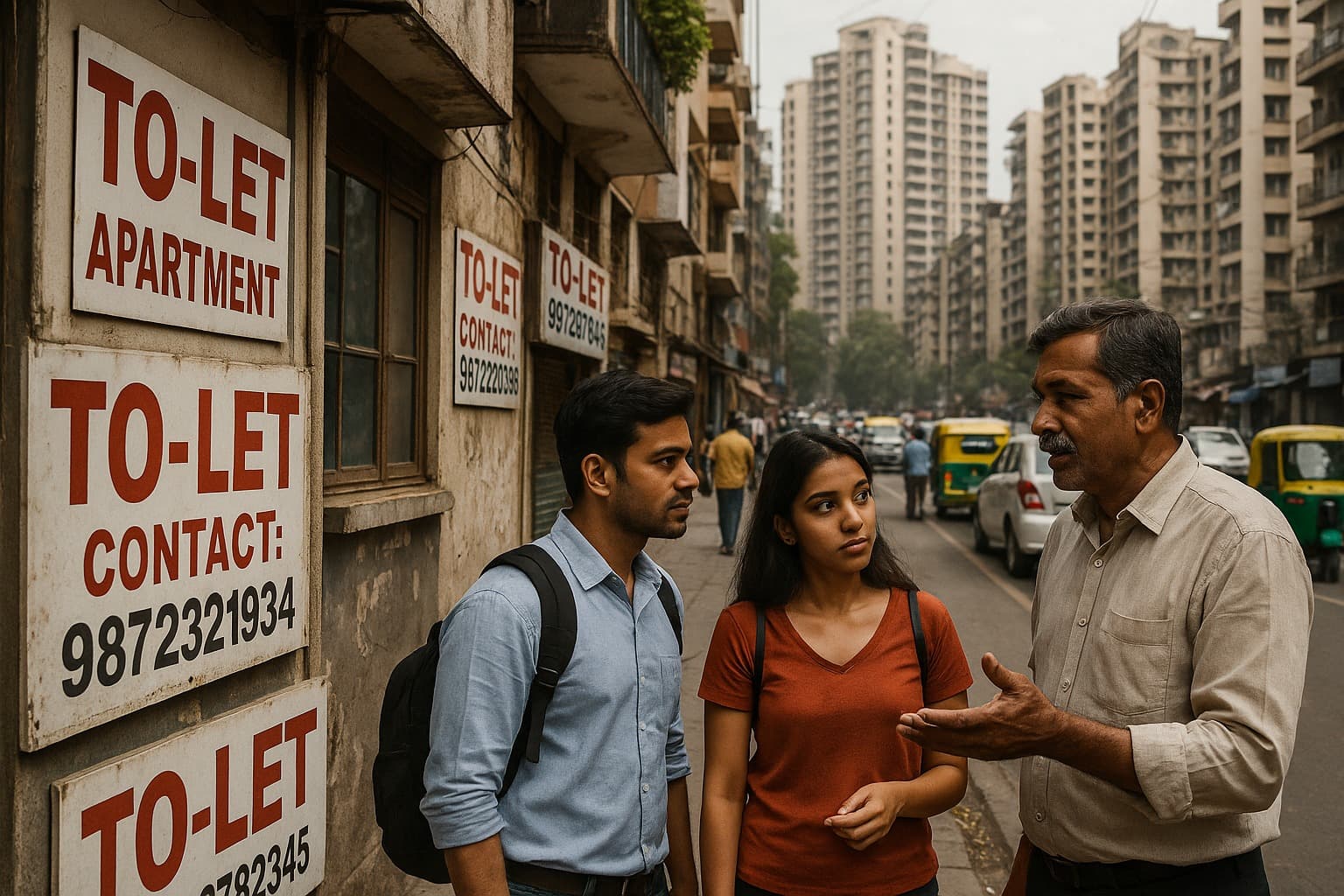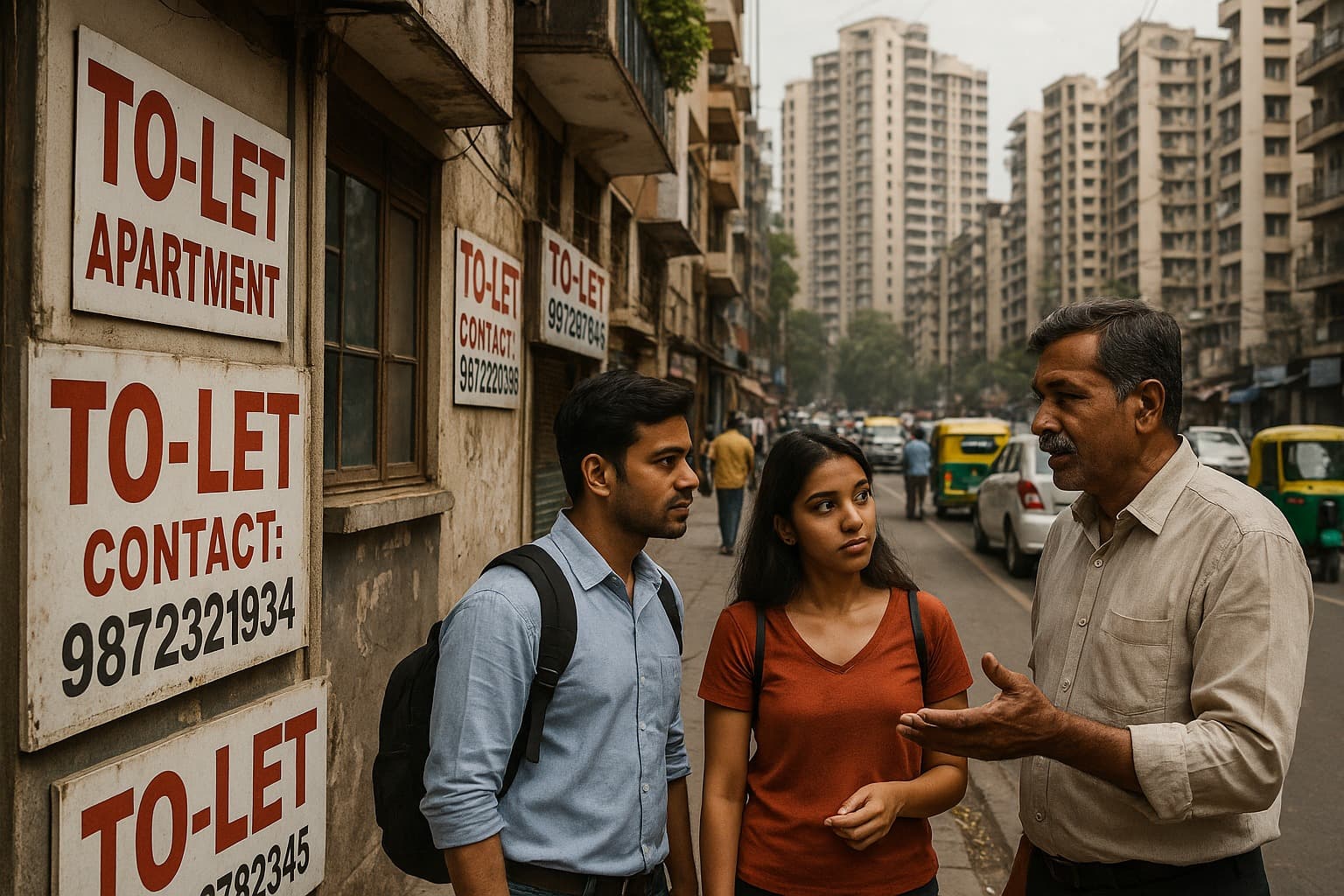The Future of Rental Housing in India: Trends, Challenges, and Opportunities (2025)
Summary
India's 2025 rental housing market is evolving due to urbanization and tech. Flexible leases, affordable options, and premium rentals are rising, presenting opportunities for investors and developers despite existing challenges.

Imagine moving to a new city for a job, a course, or simply a fresh start. The first thing on your mind is finding a place to stay. You scroll through listings, juggle rent budgets, commute times, and amenities, and often feel overwhelmed. This scenario captures the pulse of rental housing in India today. In 2025, the Indian rental market is evolving rapidly, transforming not only how people live but also how investors and developers approach real estate.
The future of rental housing in Indian cities is no longer just about temporary accommodation—it’s about lifestyle, convenience, and urban integration. Let’s dive deep into the emerging trends, challenges, and opportunities shaping India’s rental housing landscape.
How Rental Housing Dynamics Are Changing
Traditionally, renting was seen as a stopgap—something you did before buying a home. But the post-pandemic world has shifted this mindset. Young professionals, students, and mid-level executives are now prioritizing flexible rentals, proximity to work, and hassle-free living. This has led to a surge in rental demand in India, especially in metro cities like Bengaluru, Pune, Hyderabad, Gurugram, and Chennai.
At the same time, Tier-2 cities such as Indore, Coimbatore, and Ahmedabad are emerging as strong rental housing hubs, driven by growing IT sectors, educational institutions, and industrial growth. The rising workforce is outpacing the available rental housing supply, creating a gap that developers are eager to fill.
Key Trends Shaping Rental Housing in 2025
1. Flexible Leases and Co-Living
Today’s renters want freedom. Long-term commitments are giving way to short-term leases and co-living setups, which allow professionals and students to move without stress. Co-living spaces are booming in metro cities, offering ready-to-move-in accommodations with shared amenities, housekeeping, and community events. These spaces bridge the gap between affordability and convenience, appealing to young urbanites.
2. Technology Is Transforming Rentals
Digital platforms are revolutionizing housing rentals. Mobile apps, AI-powered property searches, virtual tours, and digital payments make renting faster, safer, and more transparent. Tenants can filter listings by budget, location, and amenities, while landlords can efficiently manage properties. This tech integration is a game-changer for the Indian rental market, making transactions smoother and reducing friction between tenants and property owners.
3. Affordable Rentals in High Demand
With property prices skyrocketing, affordable rentals are in demand more than ever. Compact apartments, shared flats, and purpose-built rental communities are gaining popularity. Developers are investing in affordable rental housing solutions in India, providing well-maintained, budget-friendly homes that cater to students, young professionals, and first-time movers. This trend is especially visible in cities with high migration rates.

4. Migration and Urbanization Driving Growth
Urban migration continues to fuel rental property demand post-pandemic. People moving to cities for work, education, or lifestyle increasingly opt for rentals, creating hotspots in employment-rich and educational hubs. This trend is evident in both metro and Tier-2 cities, where new rental projects are springing up near IT corridors, industrial parks, and universities.
5. Premium Rentals for Professionals
Not all rentals are about affordability. Professionals, expatriates, and senior managers are seeking premium rental housing with modern amenities, security, and proximity to workplaces. This segment of the Indian rental market is growing steadily, creating a parallel demand curve alongside budget-friendly options.
Challenges Facing the Rental Housing Sector
Despite these positive trends, the future of rental housing in India faces some hurdles:
Regulatory Gaps: Rent control, tenancy rights, and legal protections are inconsistent across cities. This creates uncertainty for tenants and landlords.
Supply Shortages: Quality rental housing remains limited in many high-demand areas, exacerbating the supply-demand gap in India.
Urban Infrastructure: Poor connectivity, inadequate public transport, and intermittent utilities can affect rental attractiveness.
High Brokerage Fees: Middlemen often increase rental costs, affecting affordability and transparency.
Addressing these challenges will be crucial for sustainable growth and for making rental housing a long-term urban solution.
Opportunities for Investors and Developers
The Indian rental market offers massive opportunities for developers and investors:
Build-to-Rent Projects: Purpose-built rental apartments are becoming increasingly popular. They cater exclusively to renters, ensuring standardized quality and managed services.
Student Housing: Cities with large universities are seeing demand for dedicated student rentals, complete with amenities like study areas, gyms, and communal kitchens.
Co-Living Investments: With professionals favoring hassle-free housing, co-living spaces are attracting both developers and investors in metro cities.
Tier-2 Cities: Affordable rental solutions in emerging cities offer high ROI potential due to lower property costs and rising migration.
For investors, rental housing in India is no longer just about steady income—it’s a long-term, scalable segment of the urban property market.
Rental Housing and Urban Development
The future of rental housing in India 2025 is also tied to urban planning. Efficient rental ecosystems help cities accommodate temporary populations like students or corporate professionals without stressing home ownership models. Well-planned rentals improve the urban property market, enhance infrastructure utilization, and contribute to more balanced urban growth.

Rentals are no longer a temporary solution—they play a critical role in urban development, workforce mobility, and lifestyle flexibility. Cities that embrace rental housing see better integration of public transport, smart infrastructure, and sustainable urban living.
Looking Ahead
By 2025, the Indian rental housing sector will be more professional, tech-driven, and tenant-focused. We can expect:
Growth of affordable rental housing projects in both metro and Tier-2 cities.
Expansion of co-living and shared accommodation models, particularly in IT and educational hubs.
Integration of technology for seamless property management and leasing.
Better urban planning to ensure connectivity, amenities, and sustainable living.
The future of rentals is flexible, urban-centric, and lifestyle-driven. Tenants are not just looking for roofs—they want communities, convenience, and modern facilities.
Final Thoughts
The Indian rental market is at a turning point. Rising urban migration, post-pandemic lifestyle changes, and technology adoption are reshaping housing rentals across the country. While challenges like regulatory gaps, limited supply, and infrastructure issues persist, the demand for rental housing in India continues to surge. From flexible co-living setups to premium rentals for professionals, the sector offers opportunities for tenants, investors, and developers alike. By 2025, rental housing will no longer be just a temporary solution—it will become a strategic choice for urban living, investment, and lifestyle.
Summary (100 words)
In 2025, the future of rental housing in India is driven by urban migration, lifestyle changes, and technology adoption. Demand is rising for affordable rentals for students and professionals, co-living spaces, and premium housing for corporate employees. Metro and Tier-2 cities alike are witnessing a growing supply-demand gap in rental housing, prompting developers to invest in dedicated rental projects. Technology is streamlining property searches, lease management, and payments, enhancing tenant experience. Despite regulatory and supply challenges, rental housing is becoming a key segment of India’s urban property market, offering flexibility, community, and investment potential for a rapidly evolving urban population.
